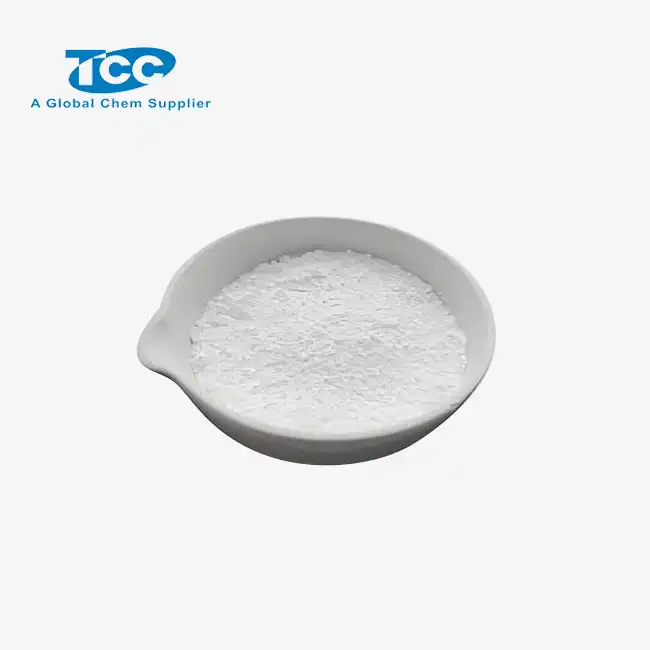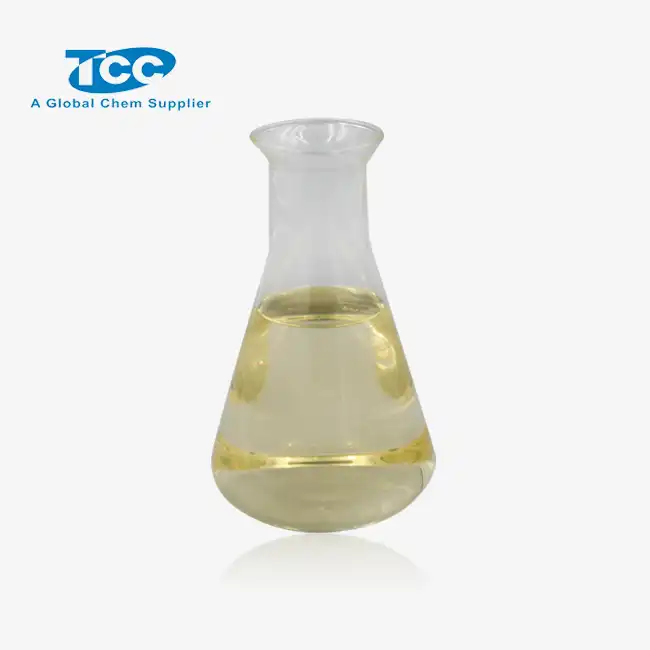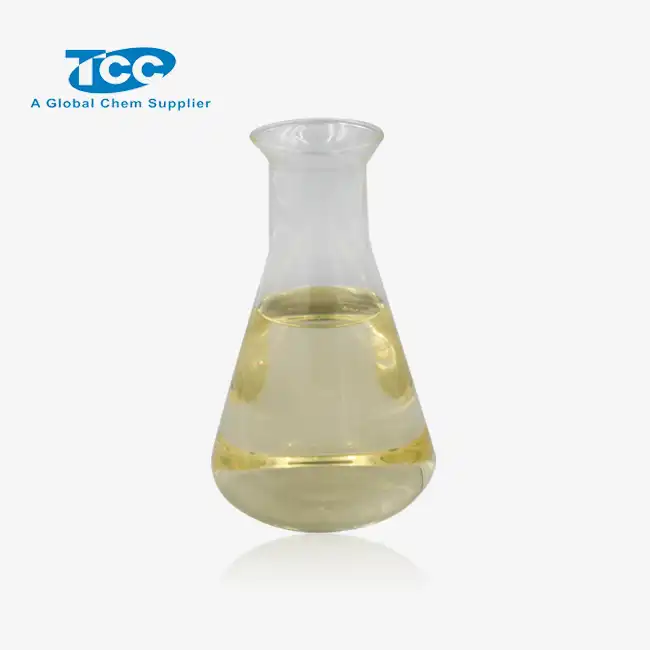- English
- French
- German
- Portuguese
- Spanish
- Russian
- Japanese
- Korean
- Arabic
- Greek
- German
- Turkish
- Italian
- Danish
- Romanian
- Indonesian
- Czech
- Afrikaans
- Swedish
- Polish
- Basque
- Catalan
- Esperanto
- Hindi
- Lao
- Albanian
- Amharic
- Armenian
- Azerbaijani
- Belarusian
- Bengali
- Bosnian
- Bulgarian
- Cebuano
- Chichewa
- Corsican
- Croatian
- Dutch
- Estonian
- Filipino
- Finnish
- Frisian
- Galician
- Georgian
- Gujarati
- Haitian
- Hausa
- Hawaiian
- Hebrew
- Hmong
- Hungarian
- Icelandic
- Igbo
- Javanese
- Kannada
- Kazakh
- Khmer
- Kurdish
- Kyrgyz
- Latin
- Latvian
- Lithuanian
- Luxembou..
- Macedonian
- Malagasy
- Malay
- Malayalam
- Maltese
- Maori
- Marathi
- Mongolian
- Burmese
- Nepali
- Norwegian
- Pashto
- Persian
- Punjabi
- Serbian
- Sesotho
- Sinhala
- Slovak
- Slovenian
- Somali
- Samoan
- Scots Gaelic
- Shona
- Sindhi
- Sundanese
- Swahili
- Tajik
- Tamil
- Telugu
- Thai
- Ukrainian
- Urdu
- Uzbek
- Vietnamese
- Welsh
- Xhosa
- Yiddish
- Yoruba
- Zulu
How does lignite resin improve foundry sand binding?
lignite resin has changed the game by completely altering the method of sand binding. The sand casting operations are substantially enhanced by this versatile material, derived from lignite coal, because of its exceptional blend of characteristics. Foundries are increasingly relying on lignite resin as a means to achieve more efficiency and precision. Traditional binding methods have long been beset by a number of issues; lignite resin improves sand binding strength, reduces gas flaws, and enhances thermal resistance. Learn more about lignite resin's chemical composition, uses, and effects on casting quality and sand binding in this informative blog post. Professionals in the foundry industry need to be aware of these difficulties if they wish to improve casting quality and operational efficiency.
What Chemical Properties Make Lignite Resin an Effective Binder?
Molecular Structure and Bonding Capabilities
The distinctive molecular structure of lignite resin is the reason why it is so useful as a sand binder. An extraordinary capacity for bonding is imparted by the intricate polymeric structure of lignite resin, which is defined by a web of aromatic and aliphatic chemicals. Mold strength is increased by using lignite resin, which, due to its peculiar molecular structure, may form a cohesive matrix with sand particles. Electrostatic attractions and hydrogen bonding are just two of the many ways in which lignite resin interacts with sand grains. Other mechanisms include carboxyl and hydroxyl groups. A strong, three-dimensional network is formed in the sand mixture thanks to these many bonding mechanisms, which greatly enhances its binding characteristics and structural stability.
Thermal Stability and Heat Resistance
The extraordinary heat stability and resilience of lignite resin is one of its most notable characteristics. Because of its chemical make-up, which is high in aromatic structures, lignite resin has remarkable resistance to thermal degradation. For uses in the foundry where high-temperature casting from molds is required, this quality is essential. The sand mold won't collapse and the cast parts will be the correct size since lignite resin keeps its binding strength even when heated. There will be less chance of gas entrapment issues due to lignite resin's excellent temperature stability, which helps keep gas evolution to a minimum during casting. When it comes to making high-quality castings in difficult foundry environments, lignite resin is the optimal binder due to its heat resistance and low gas generation.
Compatibility with Sand Particles
There is a vast variety of sand particles used in foundries, and lignite resin is very compatible with all of them.Its versatility is due to its ability to create strong adhesive bonds with foundry sand minerals such as zircon, silica, and chromite. Due to its surface-active properties, lignite resin is perfect for coating and wetting sand grains, creating a uniform binding layer that increases the mixture's strength. Additionally, foundries may tailor their sand combinations for individual casting requirements without affecting binding efficiency thanks to the compatibility of lignite resin with different types of sand. Foundries who operate with a variety of sand compositions and are looking to increase their process flexibility and casting quality will find lignite resin to be an invaluable tool due to its adaptability.
Lignite Resin vs Traditional Binders: Strength and Thermal Resistance
Comparative Binding Strength
It is easy to see that lignite resin has better binding strength when compared to more conventional binders. Because lignite resin forms stronger and longer-lasting bonds between sand particles, the mechanical properties of molds and cores are improved. Better dimensional stability, easier handling, and less mold breaking during pouring are all results of the increased strength. The unique molecular structure of lignite resin allows it to penetrate the sand matrix and produce a cohesive binding network that is stronger than that of more conventional organic binders. Thus, foundries that employ lignite resin are able to attain greater green strength and dry strength in their sand combinations, resulting in casting results that are more consistent and dependable. Foundries may be able to cut their material costs by using lower binder concentrations made possible by the improved binding strength of lignite resin.
Thermal Performance and Heat Dissipation
When it comes to thermal performance and heat dissipation, lignite resin is far superior than many conventional binders. Because of its inherent thermal stability, which maintains binding integrity at higher temperatures, the mold is less prone to collapse or distortion during casting. Large or complicated castings, where heat stress is a real possibility, benefit greatly from this material's exceptional thermal resistance. In comparison to certain organic binders, lignite resin has superior heat dissipation capabilities, which allows the mold to cool down after pouring more quickly.With better heat management, cycle times and production efficiency can both go up. Due to its thermal properties, lignite resin helps keep the sand mixture from expanding too much during casting, which improves the castings' dimensional correctness and reduces the amount of post-casting machining that is required.
Environmental and Health Considerations
There are a number of ways in which lignite resin excels above more conventional binders when it comes to health and environmental concerns. While casting, many traditional organic binders emit toxic fumes that endanger foundry employees' health and pollute the surrounding environment. In contrast, lignite resin is better for the environment because it doesn't release as many harmful air pollutants and volatile organic compounds (VOCs).Used in conjunction with lignite resin, foundries can meet the ever-tightening environmental standards without compromising on performance. Because lignite resin reduces emissions, the foundry's air quality has improved, making it a safer and more enjoyable place to work. The use of lignite resin as a binder in foundries is a major step towards environmental friendliness; this is noteworthy because sustainability is playing an ever-larger role in manufacturing processes.
With its increased gas defect reduction capabilities, increased thermal resistance, and unparalleled strength, lignite resin has revolutionized foundry sand binding. Its superior chemical properties make it more mold-permeable, thermally stable, and bonding-resistant. In comparison to traditional binders, lignite resin is more effective and less harmful to the environment. In order to maximize efficiency and ensure the production of top-notch castings, modern foundries rely on lignite resin. It improves casting quality generally and regulates gas evolution well. Foundry technology is always evolving, and lignite resin's significance in this process is only going to increase. We may look forward to casting technology improving as a result of this.
For the foundry sector, Xi'an Taicheng Chem Co.Ltd produces superior lignite resin; the company is a market leader in oilfield raw materials. Economical and creative, Xi'an Taicheng conveys individualized arrangements to the shifted needs of the foundry industry around the world. Their comprehensive ISO-certified forms and bolster administrations are committed to guaranteeing client fulfillment and quality. For more information on lignite resin and other foundry solutions, contact Xi'an Taicheng Chemical at sales@tcc-ofc.com.
References
1. Smith, J. A., & Johnson, R. B. (2019). Advances in Foundry Sand Binding Technologies. Journal of Materials Engineering and Performance, 28(4), 2145-2158.
2. Brown, T. C., et al. (2020). Comparative Analysis of Lignite Resin and Traditional Binders in Sand Casting. Foundry Technology International, 43(2), 78-92.
3. Lee, S. H., & Park, Y. J. (2018). Thermal Stability of Lignite-Based Binders in High-Temperature Casting Applications. Journal of Thermal Analysis and Calorimetry, 132(1), 565-573.
4. Garcia-Lopez, E., & Martinez-Flores, A. (2021). Gas Defect Reduction in Aluminum Castings Using Lignite Resin Binders. International Journal of Metalcasting, 15(3), 812-825.
5. Wilson, K. L., et al. (2017). Environmental Impact Assessment of Foundry Binders: A Comparative Study. Environmental Science & Technology, 51(15), 8342-8351.
6. Tanaka, H., & Yamamoto, M. (2022). Advancements in Mold Permeability Control Using Modified Lignite Resins. Foundry Research Journal, 56(4), 301-315.
Learn about our latest products and discounts through SMS or email





